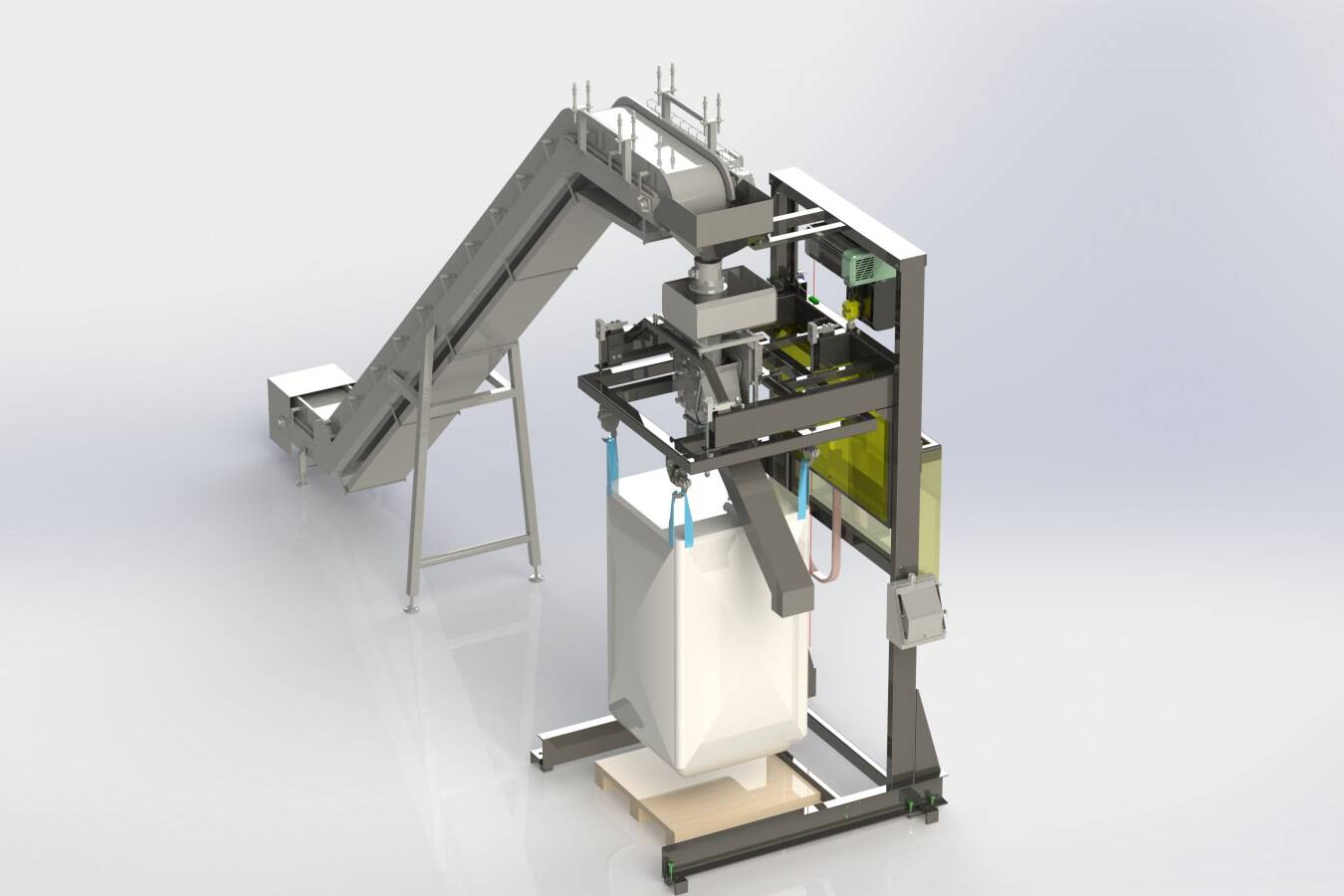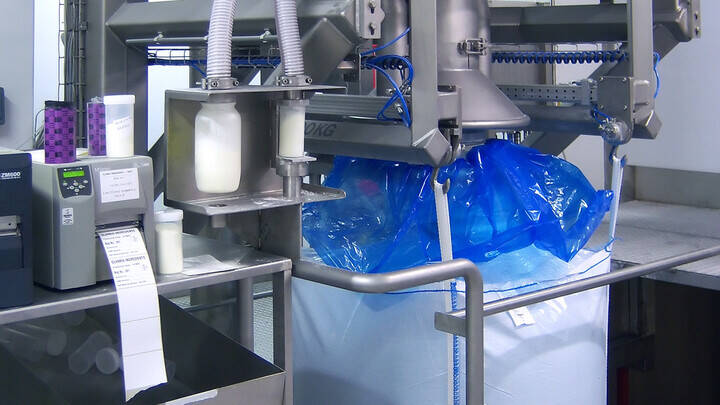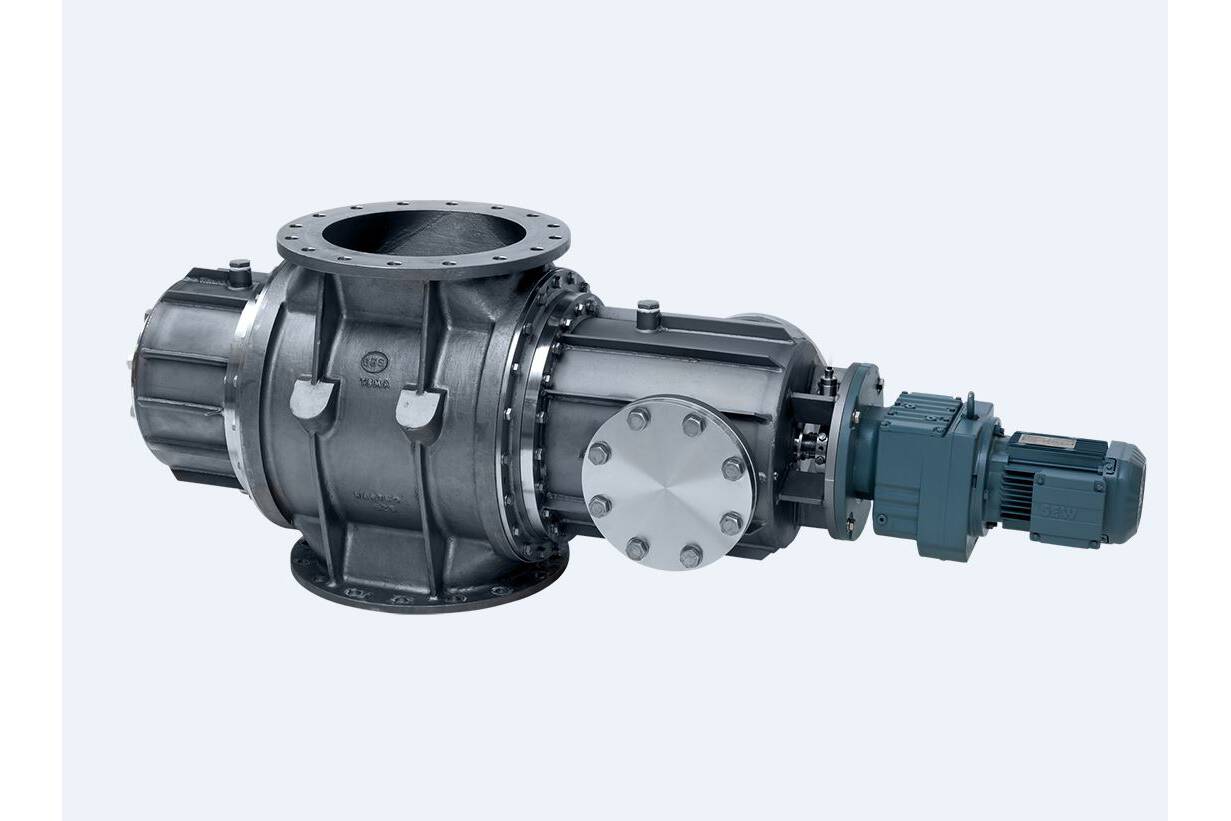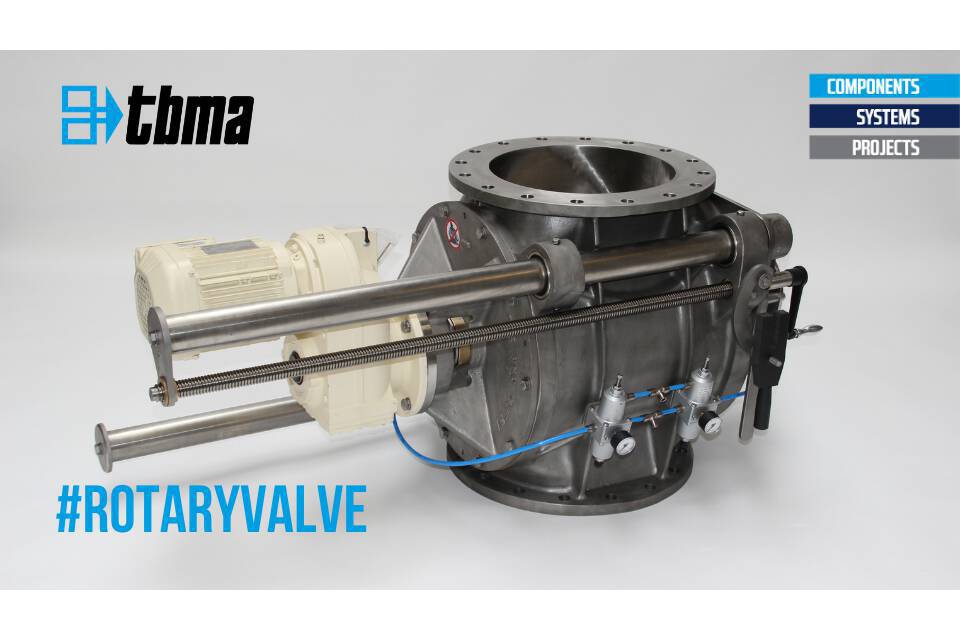Billions of ‘pepernoten’ (spice nuts) roll out of the ovens of Van Delft Biscuits every year. New is the in-house process line for coating traditional delicacies with chocolate. The TBMA Big-Bag filling units play a key role in the internal handling during the spice nut production.

Taai-taai, kruidnoten, pepernoten (spiced cookies)
Engineering to the millimeter
For Van Delft Biscuits, TBMA has supplied two Big-Bag filling units for handling spice nuts. The challenge was to fit the Big-Bag filling installation into the reasonably compact factory hall where a new coating machine is located. The available height was 4400 mm. Ultimately, TBMA managed to engineer a filling machine in which the two-meter-high big bag can be filled and weighed suspended, while there is also room for the more than one-meter high metal detector and an elevator belt. Above it is even a 30 cm space left for the operator to clean the installation. Filling the Big-Bag suspended has the advantage that the bag can be stretched and is filled all the way into the corners. A chain belt conveyor is used for the filling of the Big-Bag. The metal detector is attached to the filler’s lifting and weighing frame and moves with the frame moving up and down. This solution was chosen to avoid vulnerable tube-in-tube constructions and to make the filling system more compact. Due to the limited height of the installation, the discharge pipe of the detector has a somewhat smaller dump angle than usual. This construction was possible thanks to the smooth flowing properties of the spice nuts. Also, this way the operator is not hindered in his work. The hopper of the filling tube is not as steep as it normally is. The conveyor belt is supported on legs and the ceiling. These adjustments provided the necessary space saving.

Big-Bag filling unit for handling spiced cookies
Dutch delicacies
‘Pepernoten’, ‘kruidnoten’ and ‘taaitaai’ are traditional delicacies Dutch children get in the weeks leading to St. Nicolas’ Eve on 5th December. While the Saint is still far away in Spain, the production of the treats is already running at full speed. The Van Delft Biscuits factory has an aroma of aniseed, cinnamon and vanilla. In the central oven street, the old (1958) and new oven line (2016) are steadily baking cookies. Cookies? “No spice nuts today,” says engineering manager Ronald Heersema, pointing to the ‘taaitaai’ roller on the robust eighty-meter-long tunnel oven. On the much younger oven line next to it, neat rows of biscuits on the conveyor belt continue their way to a chocolate bath. The change in production marks the strength of the biscuit and confectionery manufacturer. “Flexibility is our top priority. We are able to convert our lines at a rapid pace. Machines can be moved in and out quickly. Our head of production planning fills up the lines as much as possible a year in advance, in order to make the largest possible runs. These orders came in between. After this we will continue baking spice nuts.” The company arranges itself for the design, assembly and integration of machines in the production lines. “This way we can tailor the process exactly to our wishes and thoughts,” says Heersema. It is paying off, he knows. "Because we have implemented some innovations again, we were able to produce more spice nuts this year than we expected."
Coating line
At the end of the oven street, the new TBMA Big-Bag filling installation has been given a permanent place. The tip-top cleaned filling system waits for product batches with freshly baked spice nuts and plays a pivotal role in the internal handling process. In the storage, rows of big bags are displayed over three floors. “We let the spice nuts cool down here first. After that, some of it goes to our new chocolate line, ”says Heersema. Each big bag contains 400 kilos of spice nuts. “Actually, a 333 kilo bag size would be ideal”, Heersema jokes. “Then we have exactly six big bags of two tons in total and that volume is exactly what we run in batches every two hours. But we don’t want to make it that complicated.”
Next up is the start of a third brand-new production line. The compactly built coating line has only been in operation since June. Unloaded from the Big-Bags from the storage, uncoated spice nuts move over a twenty meter long conveyor belt with cooling system. In order to apply the chocolate properly, the spice nuts must be around 18 °C, so they must be cooled even further. When they come out of the ovens they are still 85 °C, the oven itself is 275 °C hot. The spice nuts are dumped in a hopper and fall one floor lower into the coating machine. Dark, white and milk chocolate are ready in three different kettles of 10 tons each, to spray the mass of spice nuts in the rotating cylinder of the coating machine with a rain of chocolate. Two dosing systems with rinse aid are next to it. “The spice nuts must have a nice shine”, Heersema beams.

Hi-care sanitary solutions for big-bag filling
Chocolate swirl
A mix of spice nuts with the three classic chocolate types spins in the drum of the coating machine. How is that possible? The batches of spice nuts with their different chocolate coatings have been brought together in the coating machine for a second time, to give them an extra layer of gloss, the operator explains. In an adjacent room, Heersema shows the air treatment, including a large-sized filter for the crumb dust extraction. An even larger air handling unit brings the process air to the correct temperature, another critical point in the chocolate process. Next, the coated spice nuts clatter on a vibrating feeder, which transports them on a conveyor belt at the top of a second TBMA Big-Bag filling installation. Just like the earlier installation in the furnace line, this filling machine is also equipped with a metal detector. Under the reject pipe is a black crate with the word "metal" on it in white coloured letters. “After all, we work with metal machines. The rollers are made of bronze. We absolutely do not want metal residues to get into the product. Especially not because we make it specifically for children, ”explains Heersema. The crate is empty by the way.
Clever production
The production of ‘pepernoten’ stops at the beginning of November, after being fully continuous in operation from February. The classic Sinterklaas sweets are available in large sized bags at retail chains. Van Delft also makes luxury variations for the ten own-brand pop-up stores. These stores are open from the end of August to December. “We have fifty different spice nut recipes”, says Heersema, “and if the customer wants it, we make a special recipe. Throughout the year, other biscuit products are in production at the 13.7 hundred square meter factory complex with a total of six oven lines. Other products include healthy cereal biscuits, chocolate biscuits, café noir biscuits and crispbread. “We now do the chocolate ourselves. Until last year, we outsourced that. It is not only commercially interesting to invest in it yourself, because chocolate-coated spice nuts are a successful product. It also makes a huge difference in transport movements. So it is also good for the climate.”
©TBMA Europe BV | October 2020
Contact: Tonneke Caspers, Marketing Manager




